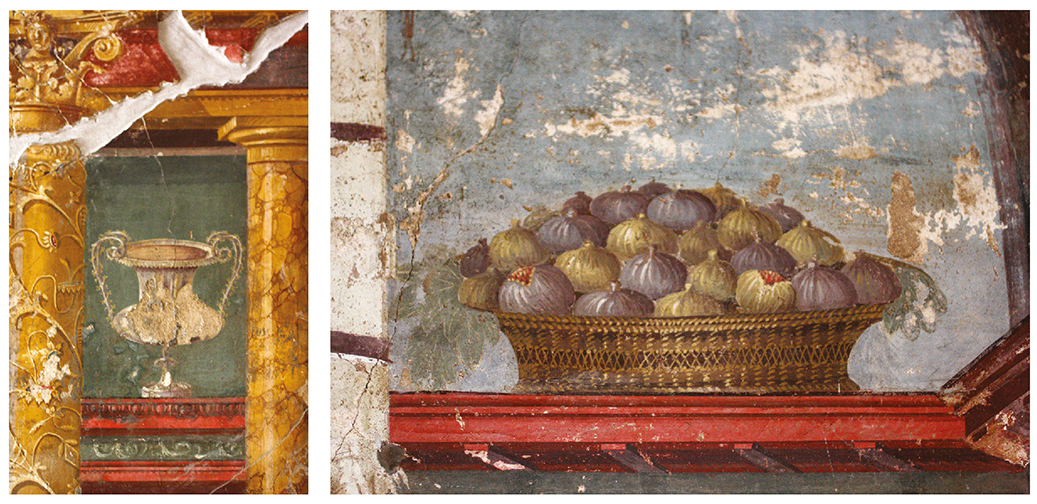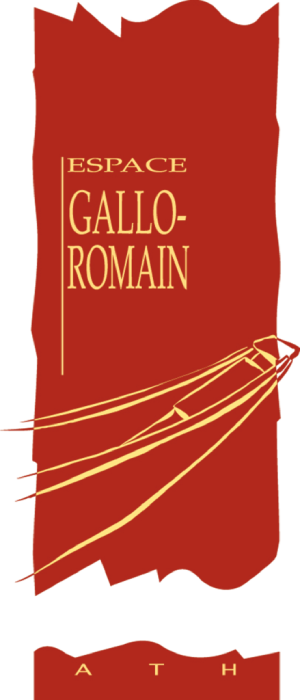Despite the important role played by basketry in the daily lives of the Gallo-Romans, few remains of this craft have survived due to its high degree of degradability. We know more about this craft through iconography: wall paintings from Pompeii, bas-reliefs and mosaics.
Fortunately, written sources are more numerous and provide invaluable details of the materials used and how they were harvested, as well as how and where basketry was made.
“The bark of beech, lime, fir and spruce trees is widely used in the countryside. It is used to make containers, baskets, larger utensils for transporting the harvest and grapes, and hut canopies”. Pliny the Elder
The plants used varied greatly from place to place, with basket-makers weaving the plants they found in their immediate environment. To be suitable for use in basketry, the plant must be flexible and strong. Then as now, wicker remains the most popular material in our regions. It was harvested from the wild or grown on farms. It was used not only for basketry, but also to make ties for trellising vines.
Apart from wicker, many other plants were used in the countryside, including hazel, clematis, honeysuckle, dogwood and even bramble.
Author : Jean-Luc Mulkens

Illustration: Basket filled with fruit, mural painting, 1st century BC, Villa d’Oplontis, Italy.

Recent Comments